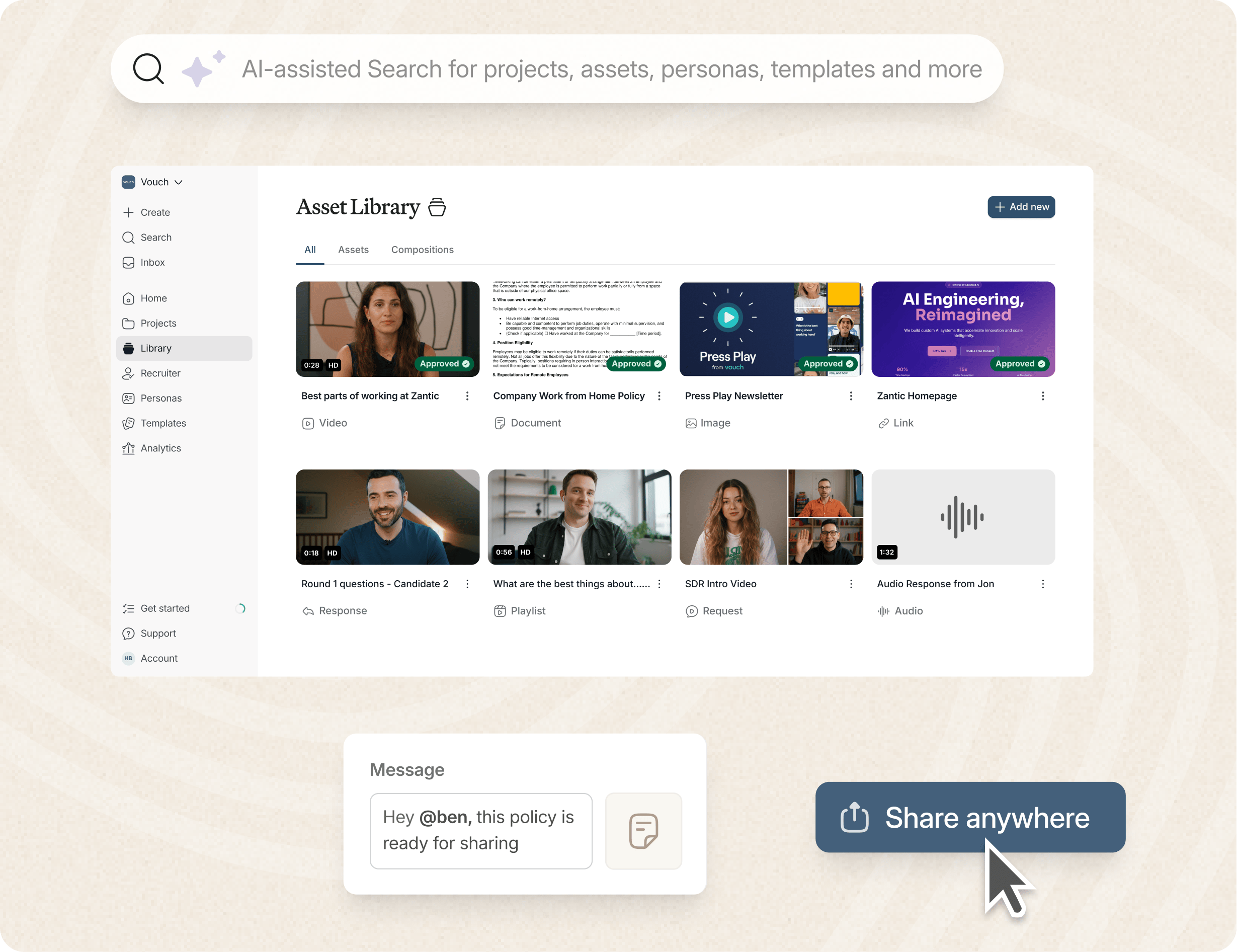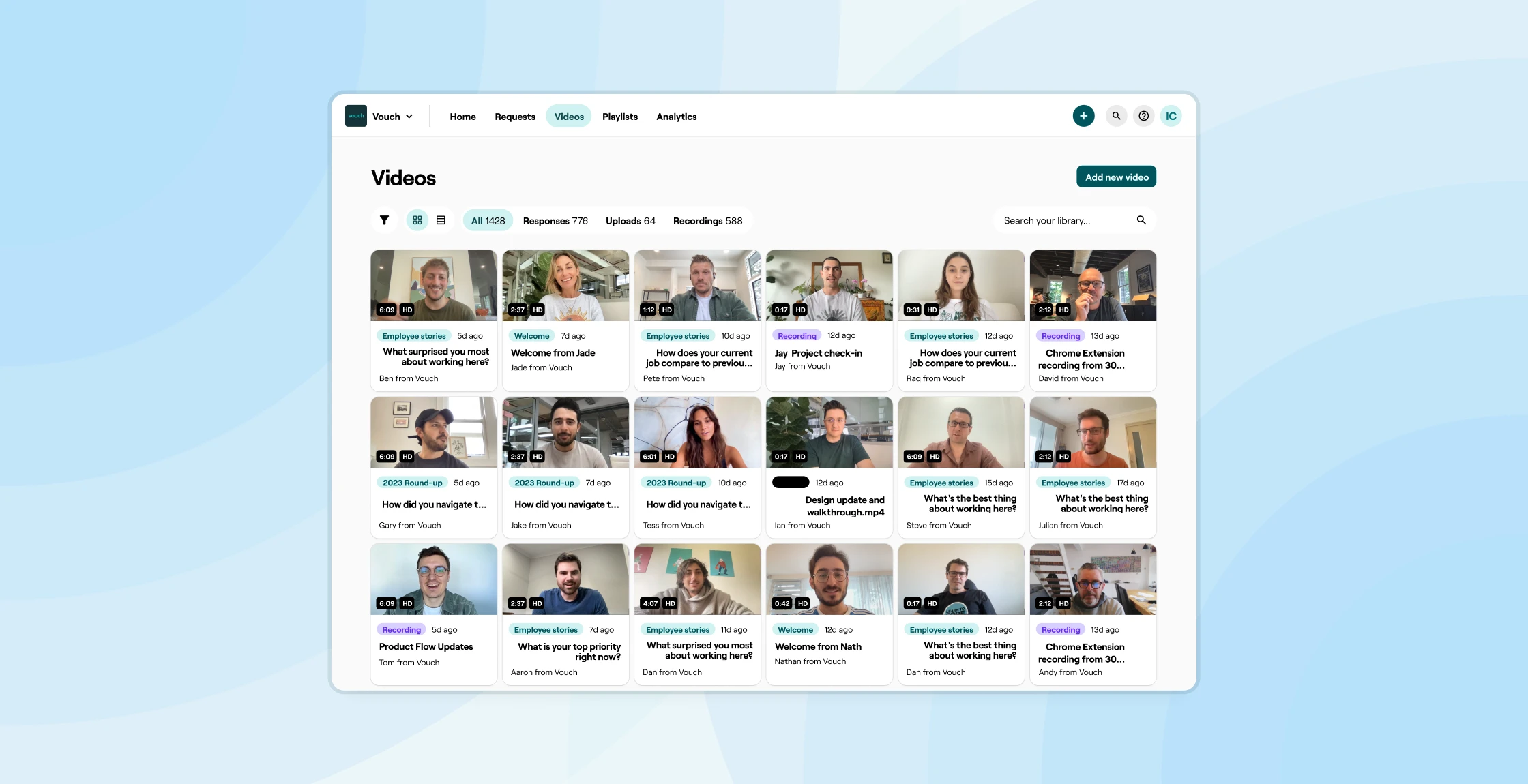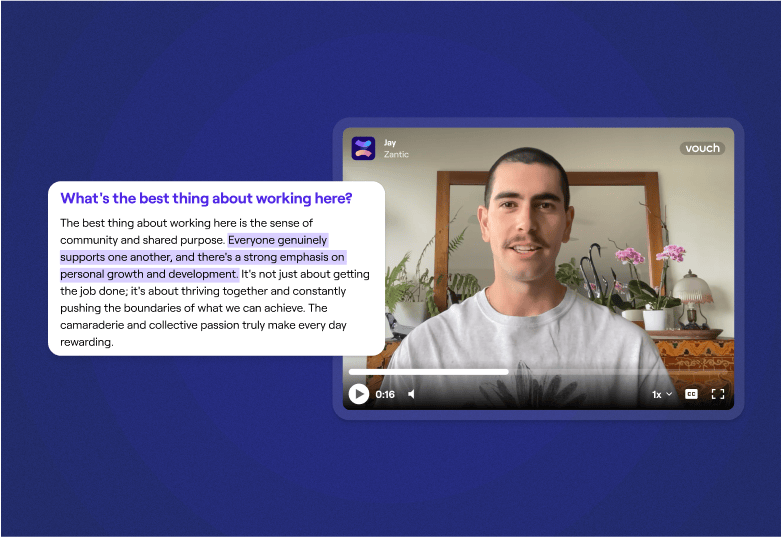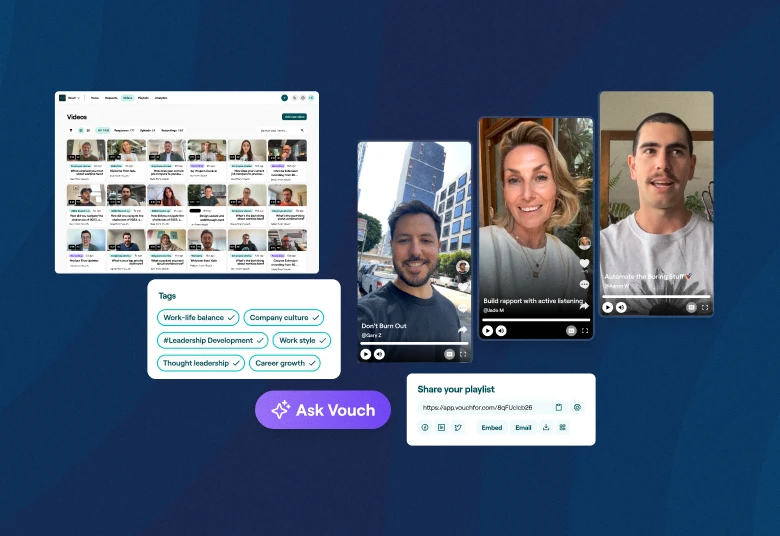If you work in education, you'll know that it's now evolving at light speeds.
In 2026, the modern learner (especially in companies) will demand more flexible and efficient ways to absorb knowledge, making the debate between microlearning and traditional learning more relevant than ever.
But what are the fundamental differences?
Which approach is better for your company's needs?
This guide will explore the differences between microlearning and traditional learning methods, backed by accurate 2026 data and expert insights. We'll also explore a case study to illustrate how these approaches play out in the real world.
Let's dive in.
Why Is There A Shift In The Learning Landscape?
The traditional classroom setting, once the cornerstone of education, is being challenged by more modern approaches like microlearning.
While traditional learning methods focus on comprehensive coverage over extended periods, microlearning offers bite-sized training that fits seamlessly into the busy lives of modern learners and employees.
But why is this shift happening now with microlearning vs. traditional learning?
Well, with the rise of mobile devices, social media like Facebook, Instagram and Twitter, shorter attention spans, and the need for Continuous Learning in the workplace have all contributed to a growing preference for microlearning modules.
In fact, studies by the eLearning Industry show that microlearning leads to a 17% improvement in knowledge retention compared to traditional training.
The AI-enabled workspace for talent teams.
- Unified workspace for talent teams
- Accelerate hiring with AI tools
- Auto-generate polished hiring and employer brand content
- Easily repurpose assets across all channel

What is Microlearning?
Microlearning is an educational approach that delivers content in bite-sized, digestible chunks.
This method is perfect for employees who need to acquire new skills or knowledge quickly and need more time.
So, when comparing microlearning to traditional learning, where a single learning session might last hours or even days, microlearning sessions are short, focused bursts of content designed to meet a specific learning objective.
When looking at microlearning vs. traditional learning, we need to break down the benefits of microlearning:
Key Features of Microlearning:
- Bite-sized modules: Each module focuses on one fundamental concept, making it easier to absorb and retain information.
- Mobile-friendly: Microlearning is often delivered via mobile devices, making it accessible anytime, anywhere.
- Interactive elements: Gamified and multimedia elements are frequently used to enhance learner engagement.
- Personalized Learning Experiences: Content can be tailored to individual learning styles and needs.
What is Traditional Learning?
Traditional learning is the more familiar approach to education.
It typically takes place in a classroom setting, where a teacher delivers information to students over an extended period of time.
This method is often structured around comprehensive learning experiences, which cover broader topics in-depth and focus on achieving long-term knowledge retention.
When looking at microlearning vs. traditional learning, we need to break down the benefits of traditional learning:
Key Features of Traditional Learning:
- Structured approach: Learning paths are well-defined, covering a wide range of topics.
- Physical presence: Most traditional learning requires a classroom setting, which can foster a deep understanding through face-to-face interaction.
- Extended coverage: Learning sessions can range from hours to days, allowing for an in-depth exploration of complex topics.
- Comprehensive understanding: Traditional learning methods aim to provide a complete understanding of a subject matter over time.
Microlearning vs. Traditional Learning: A Detailed Comparison
Let's break down the main differences between these two learning methodologies so you can choose the right balance for your company. For example, you might leverage microlearning for pre-boarding and onboarding and traditional learning for other needs.
Here's a detailed breakdown:
- Content Delivery:
- Microlearning: Delivers content in short, focused bursts, often through Video like Vouch and other digital platforms. Ideal for busy professionals needing just-in-time learning.
- Traditional Learning: Content is delivered over extended periods, often in a classroom setting. It is suitable for learners who need a deep dive into a subject.
- Learning Objective:
- Microlearning: Each module has a single learning objective, which makes the learning process efficient and targeted.
- Traditional Learning: Often covers multiple learning goals in one session, which can lead to cognitive overload for some learners.
- Learning Experience:
- Microlearning: The experience is interactive and engaging, with Video and other multimedia elements that cater to shorter attention spans.
- Traditional Learning: Often involves lectures and discussions that require extended focus and active engagement.
- Time Constraints:
- Microlearning: Designed for people like busy professionals with limited time; a complete course can be done in a matter of minutes.
- Traditional Learning: Requires a significant time commitment, often spanning hours to days.
- Knowledge Retention:
- Microlearning: Enhanced knowledge retention due to focused content and repetitive reinforcement.
- Traditional Learning: Retention varies; sometimes, students struggle with retaining knowledge over extended periods.
- Cost:
- Microlearning: Typically lower in cost due to the digital nature of the content and shorter duration. Microlearning also fits in between other activities.
- Traditional Learning: Often higher in cost, factoring in instructor fees, physical materials, and longer sessions.
Example Case Study: Microlearning in Corporate Training
To understand the real-world application of microlearning, let's examine an example case study from Tech Innovators, a leading American tech company.
Background: Tech Innovators needed an efficient way to onboard new employees while ensuring they grasped key concepts—all without overwhelming them during their busy workdays.
Their existing traditional training approach was time-consuming and expensive, and the internal education lead knew it led to cognitive overload and low knowledge retention.
Solution: They implemented microlearning modules into their corporate training strategy. These bite-sized learning sessions focused on single learning objectives and were delivered via mobile devices to accommodate employees' daily routines.
Results:
- Increased Knowledge Retention: Employee retention of training material improved by 23% compared to the previous traditional methods (an actual industry average).
- Cost Reduction: Training costs were cut by 40% due to the shorter, digital nature of the microlearning format (an actual industry average).
- Enhanced Employee Productivity: Employees could integrate learning into their workday seamlessly, leading to a 15% increase in overall productivity (an actual industry average).
Conclusion: Tech Innovators' successful integration of microlearning demonstrated that when it comes to skill development in a fast-paced environment, microlearning offers significant benefits over traditional approaches.
What Are The Deeper Benefits of Microlearning?
With microlearning, the advantages are clear:
- Flexibility: Learn anywhere, anytime, even in the middle of a busy workday or while looking after a family.
- Efficiency: Focused content means no time is wasted on irrelevant information.
- Engagement: Interactive features like gamified elements and multimedia keep learners motivated.
- Scalability: Easily scalable to meet the needs of large organizations or individual learners.
However, microlearning does have some challenges.
While it's excellent for quick, focused learning, there may be better options for those seeking a deep understanding of broader topics.
For example, if you are doing a law degree, microlearning is likely not the best medium - although some would argue it could be - but it could be a while in another conversation.
What are 7 key statistics on micro-learning?
While Microlearning itself is a simple concept, it can be applied to almost any field or industry with numerous benefits.
Here are seven of the major statistics on micro learning:
- According to research by Dresden University of Technology, microlearning improves focus and supports long-term retention by up to 80% compared to traditional learning methods.
- The Journal of Applied Psychology found that microlearning creates 50% more engagement than traditional eLearning approaches.
- Deloitte's research indicates employees typically spend only 1% of their workweek (approximately 24 minutes) on formal learning.
- LinkedIn's Workplace Learning Report found that 58% of employees would be more likely to use their company's learning tools if the content was broken into shorter lessons.
- Software Advice's industry survey reported that companies using microlearning see an 18% increase in employee engagement and 23% increase in information retention.
- RPS Research found that microlearning can reduce development costs by 50% and increase the speed of development by 300% compared to traditional courses.
- According to the Journal of Educational Technology Development and Exchange, learners answer questions 28% more accurately when using microlearning compared to traditional learning methods.
If you would like to learn more about microlearning, please just get in touch with the Vouch team or book a demo here!
Should You Use A Blended Approach: The Best of Both Worlds?
Given the distinct strengths of both microlearning and traditional learning, many organizations are now adopting a blended approach to education.
This method combines the bite-sized nature of microlearning with the comprehensive coverage of traditional learning.
For example, your company could use video microlearning to deliver key concepts quickly and follow up with traditional learning sessions for an in-depth exploration of complex topics. This approach to learning ensures that employees not only retain essential information but also develop a comprehensive understanding of their roles.
FAQs
What is microlearning?
Microlearning delivers content in small, digestible chunks, often through mobile devices.
How does traditional learning differ from microlearning?
Traditional learning covers broader topics in-depth over extended periods, while microlearning focuses on single objectives in shorter sessions.
Is microlearning more cost-effective?
Yes, due to its digital format and shorter duration, microlearning typically involves lower costs. You can also use tools like Vouch to reduce traditional education costs.
Can microlearning improve knowledge retention?
Yes, studies show that microlearning can enhance knowledge retention by 17%.
What types of content are best suited for microlearning?
Microlearning is ideal for focused content, like key concepts or compliance training.
Can microlearning be combined with traditional learning?
Absolutely. A blended approach can offer the benefits of both methods.
Is microlearning effective for complex topics?
Microlearning is best for quick, focused learning but may require traditional methods for deep coverage of complex subjects.
For more insights and data, check out these leading sources: the eLearning Industry, ATD (Association for Talent Development), Harvard Business Review, Brandon Hall Group, and the Training Industry.
Final Thoughts: Which Approach is Right for You?
Choosing between microlearning and traditional learning depends on your specific learning objectives, time constraints, and the nature of the content.
If you're dealing with complex topics that require deep coverage, traditional learning might be your best bet. But if you're looking for a quick, flexible, and cost-effective way to deliver focused bursts of content, microlearning is the ideal choice.
Whichever method you choose, remember that the ultimate goal is to enhance knowledge retention and foster continuous learning in your organization.
By understanding the differences between microlearning and traditional learning, you can create a more effective learning strategy tailored to your needs.
See How Vouch Makes Microlearning Easy
Loved by companies like Canva, Nike, Cisco, HubSpot, Amazon, and more, tools like Vouch make leveraging Video in your business remarkably easy.
Be sure to book a Vouch demo today and chat with a video content expert.
You might also like

Elevate Your Brand Today With Vouch
Discover how Vouch can accelerate talent acquisition while helping you stay on-brand.






